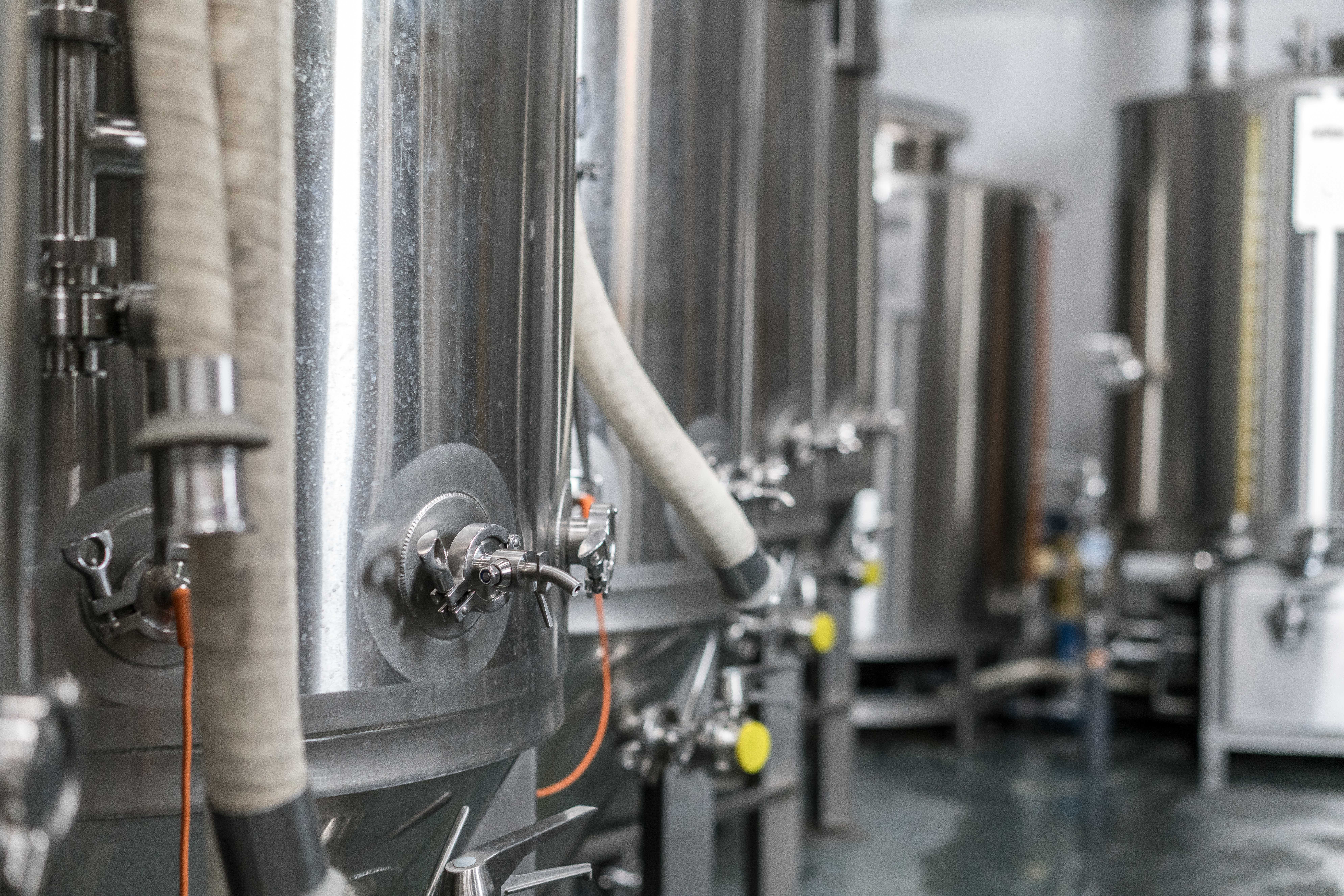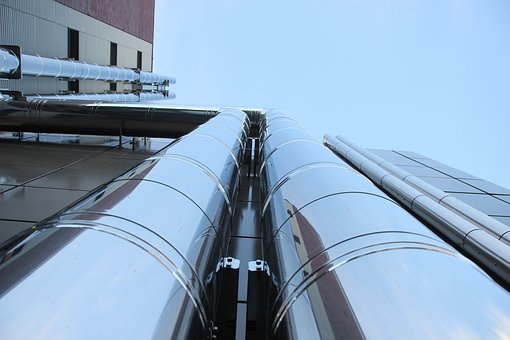Tag: Water Flow Meters

Guide to Different Types of Water Flow Meters
In many industrial applications, there is a need to measure water as it passes through a pipe. To control the process, you use a water flow meters. There are different water flow meter technologies you can choose from according to the requirements of the application, the budget, as well as maintenance constraints. Each type of flow meter has a unique working principle, cost of acquisition and installation, as well as benefits. The main concern for most process engineers is distinguishing which type of water flow meter suits the application at hand. Here are the four major kinds of water flow meters and their descriptions. Mechanical water flow meters: Of the four types of water flow meters, a mechanical flow meter is considered the most economical and also the most commonly used. The device measures water flow through a rotating turbine fashioned using a paddle wheel design. As water flows through a pipe and into the flow meter, it will cause the turbine to rotate. The rotational speed is proportional to the water flow rate. Although mechanical flow meters are simple and easy to use, they are prone to clogging when the liquid consists of large contaminants. A mechanical flow meter is also only suitable for applications with strong water flow. Vortex water flow meter: Just as the name of this flow meter implies, the device works by using a sensor that sheds vortices while immersed in the fluid. Water naturally creates vortices when it passes through an obstruction. The sensor inside the meter will move from one side to the other as each vortex passes through. This movement creates a frequency output which is proportionate to the water’s volume flow rate. There are vortex flow meters which can measure multiple variables using only one connection. Some of the variables measured include volumetric flow rate, temperature, pressure, density, and mass flow. You can also find vortex flow meters which are small enough for installation inside large pipes. Ultrasonic water flow meter: An ultrasonic water flow meter measures fluid speed as it passes through pipes. This flow meter uses the principle of ultrasound for measuring volumetric flow rate. A transit-time flow meter is one example of an ultrasonic flow meter. It works by transmitting an ultrasound signal in the same direction as water flowing downstream. Another ultrasound signal is transmitted in the opposite direction. The basic calculation of flow rate is the difference in time it takes for the ultrasound signal to travel downstream and the time it takes to move upstream. Magnetic water flow meter: This type of water flow meter uses the principle of magnetic fields to measure fluid speed. Since water generates a voltage as it passes through a magnetic field, the faster the fluid flow, the more voltage produced. Hence, the amount of voltage is equal to the speed of water. Using electronic processors, the signal output in voltage gets converted into the corresponding volumetric flow rate. A magnetic flow meter is not suitable for measuring pure water with no ions because it cannot create a magnetic field. Read Also: 8 Plumbing Myths Busted Some Facts You Need To Know About Rainwater Harvesting Feature Image: unsplash.com
READ MOREDetails
Four Basic Types of Water Flow Meters
A water flow meter is a measuring device specifically used to measure the amount or volume of water passing through pipes. If you are looking for a water flow meter for an industrial application, you can choose from different technologies which suit varying budget allocations, measurement requirements, and maintenance complexity. According to the working principle of each type of water flow meter, you can better determine which type best suits the intended application. Here are the four types of water flow meters used today. Different Types Of Water Flow Meters That Can Work Well In Your Favor There are several types of water flow meters that can work well in your favor. Do not make your choices without examining the things in the right order. Try to achieve your objectives in the best possible ways that can work things well in your way. 1. Mechanical water flow meters A mechanical flow meter is the simplest, cheapest, and easiest to operate. These devices consist of a paddlewheel, propeller, and turbine. The turbine which rotates around the flow meter measures the speed of water flowing through the pipe. By measuring the speed of rotation, you can also get the corresponding volume of flow rate because it is directly proportional to the speed. While mechanical flow meters are simple to use, they are prone to clogging and will not work efficiently when water has large particles and other contaminants. These are also not suitable for measuring water flow rate when the pressure is too low. 2. Ultrasonic water flow meter An ultrasonic flow meter uses ultrasound in measuring fluid flow speed which then corresponds to the volume of flow. The working principle of a basic ultrasonic flow meter is that the device transmits a signal in the same direction as the fluid flowing downstream, and another ultrasonic signal is emitted against the upstream fluid flow. The amount of time it takes for the signal to travel downstream is compared with the amount of time it takes for the signal to travel upstream. The difference produced will be used in calculating the fluid velocity. 3. Magnetic water flow meter In contrast with ultrasonic flow meters using ultrasound signals, a magnetic water flow meter uses a magnetic field for measurement. When any liquid passes through a magnetic field, it will generate a voltage. The faster the fluid moves, the more voltage is produced. As such, the amount of voltage is directly proportional to the water's movement and speed. There are corresponding electrical parts which translate the voltage into a volumetric measurement. One limitation of a magnetic flow meter is that it only has intermediate accuracy. Aside from this, it cannot measure pure water due to lack of ions which will not produce the necessary magnetic field reaction. 4. Vortex water flow meter The working principle of this type of flow meter uses vortices coming from a sensor submerged in the fluid. As water passes through this sensor or obstruction, it creates swirls, and the sensor will move from side to side with each passing vortex. This continuous movement creates a frequency which is also directly proportional to the flow rate volume. There are vortex flow meters which can measure multiple variables such as density, pressure, mass flow, temperature, and flow rate. While all these flow meters are suitable for measuring water flow, choosing a flow meter still depends on the desired application because each type will still have limitations, and some work best in certain conditions. Final Words Hence, these are some of the essential factors that you have to take care of while you want to select the best water flow meters that can work well in your favor. Ideate your plan in such a way that can work well in your favor. Try to achieve your goals in the best possible ways. Do not plan things in grey as it can help you to achieve your objectives in the best possible ways. Selection of the right water flow meters can help you to channelize the flow of water in the right pod. Develop the correct business strategy that can work well in all aspects. Read Also: Some Facts You Need To Know About Rainwater Harvesting 8 Plumbing Myths Busted
READ MOREDetails















